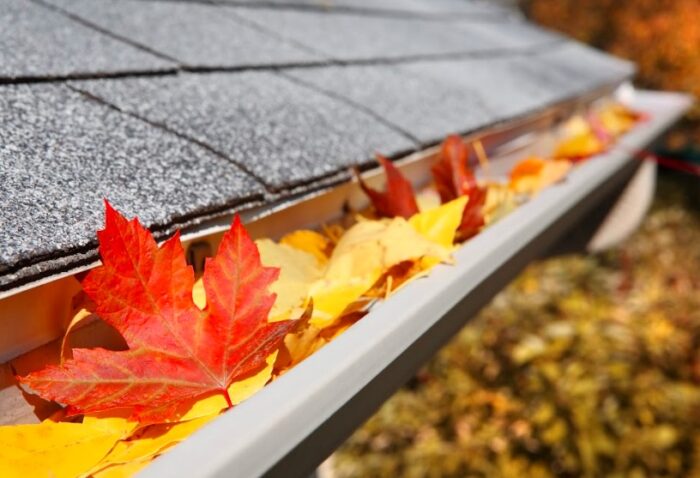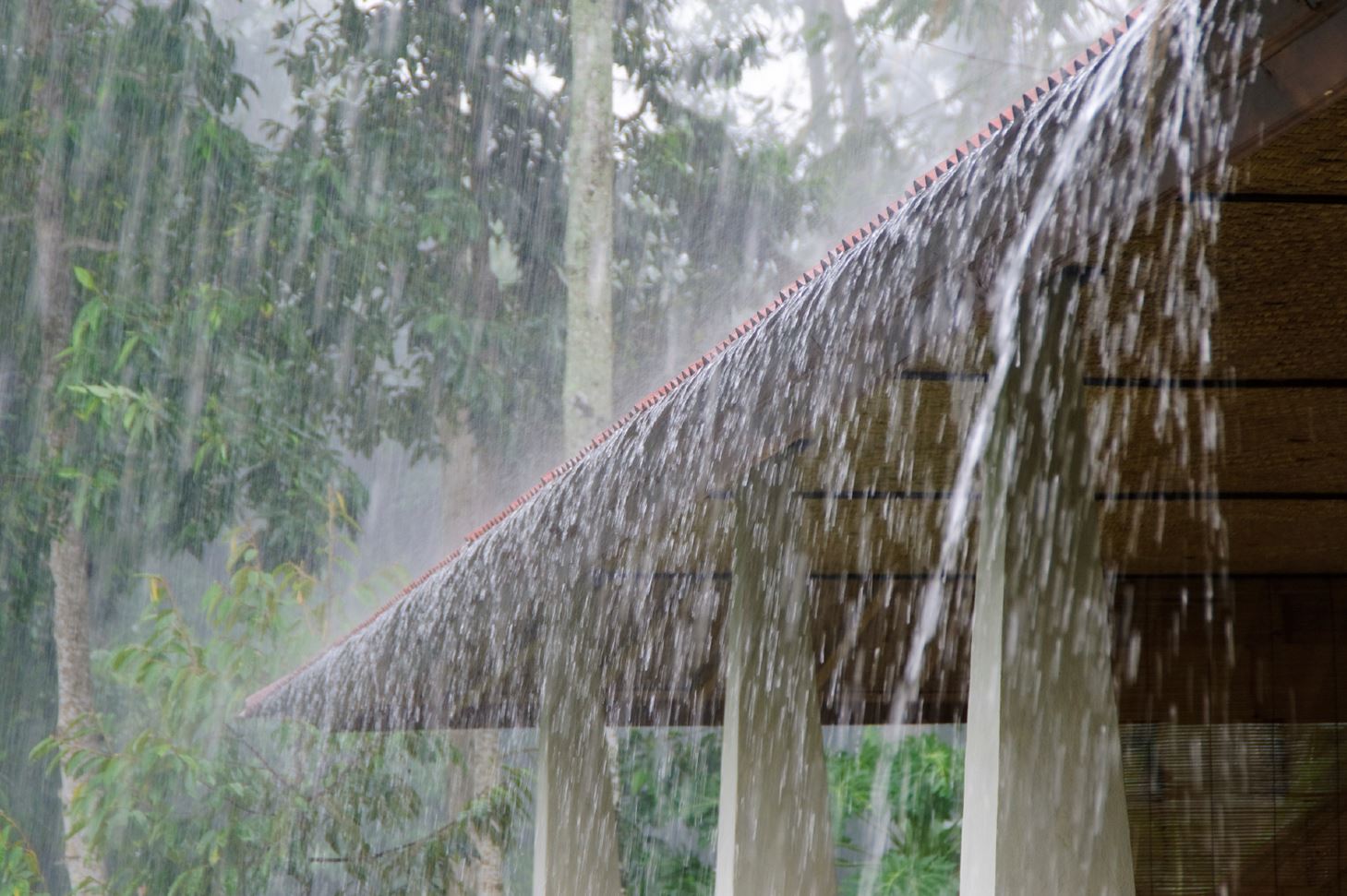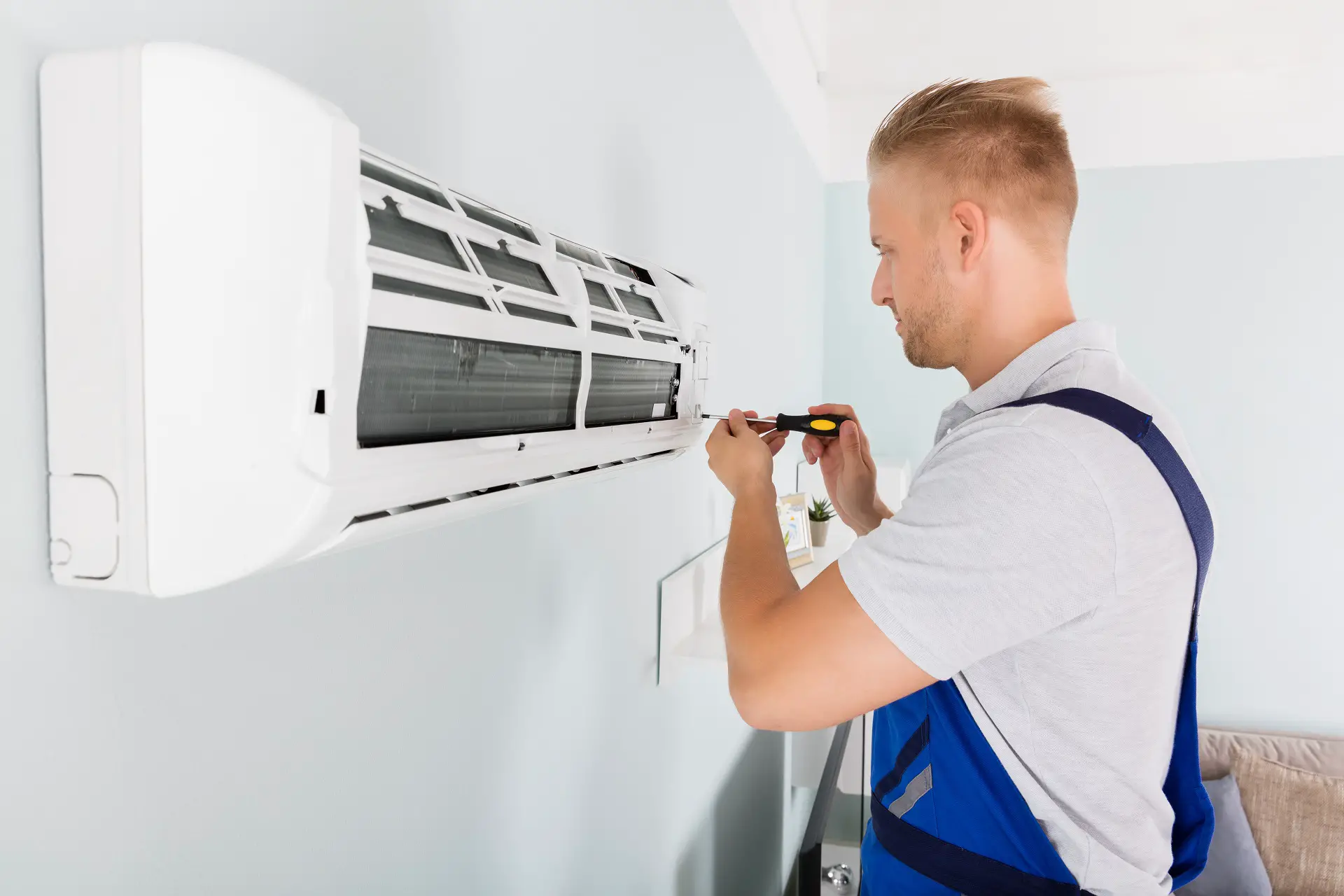People often ignore their home’s exterior structure because it’s not visible from the inside. However, that can be a big mistake. It’s because the exterior of your home can tell you if any problems need to be addressed or fixed. These include leaky eavestroughs and other outside structures that can affect what’s inside your home if neglected.
There are many maintenance tips that you can pay attention to if you want your eavestrough to last as long as possible. A vital thing to keep in mind is that some of the essential repairs can be done on your own. If you don’t have proper knowledge and skills and you’re in the Ontario area, calling a professional eavestrough repair Cambridge specialist is highly recommended.
What Is Eavestrough?
Eavestroughs are the metal or plastic pieces on top of your roof that channel rainwater away from your home. They have a downward slant to allow water to flow off, and they can be either flat or curved at the end. If you see holes in these channels, then it means there’s probably a problem with them.
Eavestroughs are essential because they protect your home from water damage. They also help prevent roof leaks which lead to severe problems in the winter, including ice dams and mold growth inside your house. That’s why they shouldn’t be neglected because any damage to them will only get worse over time.
Tips To Effectively Maintain Eavestroughs
Regular maintenance can help your eavestroughs last longer. Maintaining them doesn’t only mean cleaning them but also inspecting and fixing any broken or damaged areas. Below are other tips you can pay attention to:
Clean Eavestroughs From Time To Time
Eavestroughs are intended to allow water to flow and be diverted from the roof to keep it dry. But, with time, they can accumulate debris, such as leaves and dust that may cause clogging or even erosion. When this happens, the dirt can ultimately damage them.
Properly cleaning your gutter or eavestrough can help to remove this buildup of grime, leaves, and other substances that collect on the roof. In addition, you may want to clean them more often if you live in an area with heavy winds or rainfalls, as these natural occurrences can lead to a buildup of dirt and grime.
Inspecting Downspouts
Downspouts are supposed to lead to an underground gutter, trapping water when it rains. If downspouts don’t lead to an underground gutter, they can cause erosion and flooding on your yard or property. You may want to consider extending them so that the runoff will be carried away from your house’s foundation.
Inspecting downspouts from time to time will also prevent clogs and backup of water. Clogged downspouts can lead to rotting fascia boards, soiling the exterior wall surfaces below them and creating a possible safety hazard with loose pieces of debris that might be washed away with heavy rains. So, unblock gutter downspout properly to avoid this from happening.
Check For Leaks Or Loose Connections
It’s common for eavestroughs to have leaks from time to time, especially when the structure is old. It can happen for various reasons, such as loosening connections, clogged gutters, and missing or damaged shingles. If you notice that your eavestroughs are leaking more than usual, then there might be an issue with the structure’s roof, which is why it would be best to check them for repair immediately.
You must also ensure that the joints are sealed to avoid leakage. A silicone sealant is commonly used for this purpose, and you can find it at hardware stores. If your eavestrough is leaking due to clogged gutters, then it would be best that you clean these up immediately and smoothen the edges to avoid the debris from being trapped.
If all of the said tasks are too much for you to handle, you might consider hiring a professional who has experience in this area.

Switch To An Aluminum Material
Eavestroughs that are made with plastic are easier to install. That’s why many prefer to use them. However, many believe that switching to aluminum is a much better option. Not only is it more durable, but it can also withstand harsh weather conditions like strong winds and heavy rain. It’s because aluminum is watertight, unlike other materials. So, if you want to get the most out of your eavestroughs, then there’s no better option than one made of aluminum.
Ensure That Your Eavestrough Is Properly Angled
The angle of your eavestrough should be set so that water flows out, not back in. This position ensures a clear and healthy flow of rainwater from the roof downspout into a filter or draining system below ground.
The angle at which your eavestrough is sloped can affect how quickly it gets clogged with leaves or debris when rain falls. The more your eavestrough slopes, the more difficult it becomes for leaves to get stuck at the base.
Determining if your eavestrough is angled correctly is easy to do. The moment you see water standing during a rainstorm, that should be a sign that you probably need to adjust the gutters. You can adjust on your own because it usually only needs to be bent to the right angle. However, if you find out that the hangers (the one that attaches the eavestrough to your roof) need to be reinstalled, consider hiring a professional if you don’t have the proper skill for the task.
Takeaway
The eavestroughs on your roof are designed to divert water away from the house. For this reason, you must take care of them and make sure they remain in good condition for as long as possible. If you notice leaks or loose connections, don’t hesitate to have a professional look at these issues so that any potential problems can be addressed before they lead to more costly repairs.
Similarly, if you live in an area with heavy snowfall or storm, use aluminum eavestrough as plastic may not withstand harsh weather over time. Finally, ensure that your downspouts are installed correctly because otherwise, rainwater will collect on your flower beds or around the foundation of your house.






